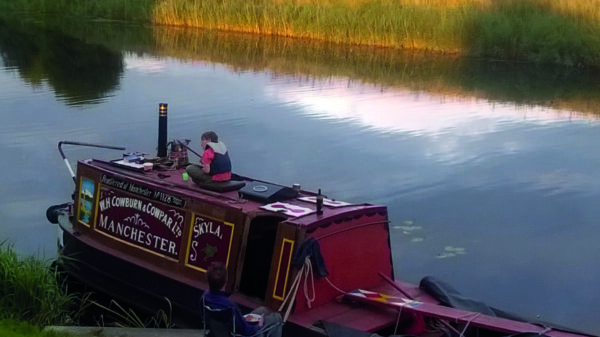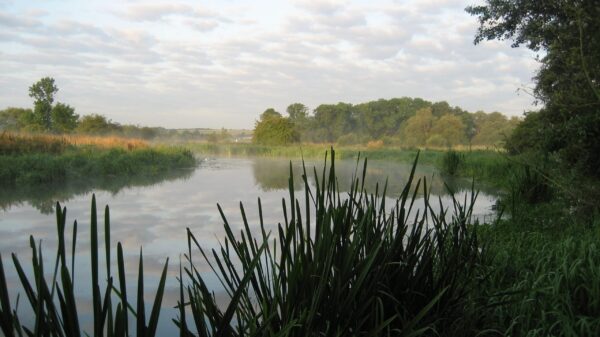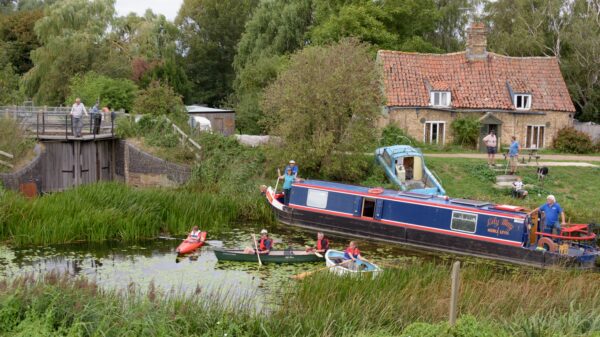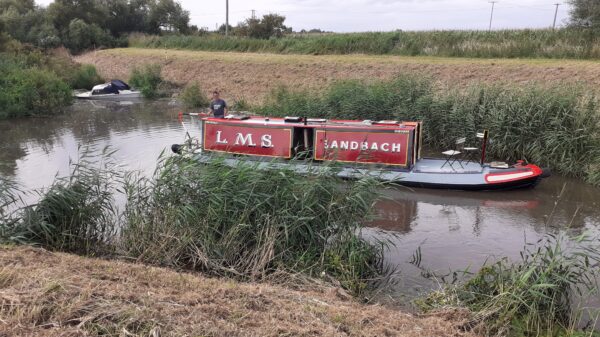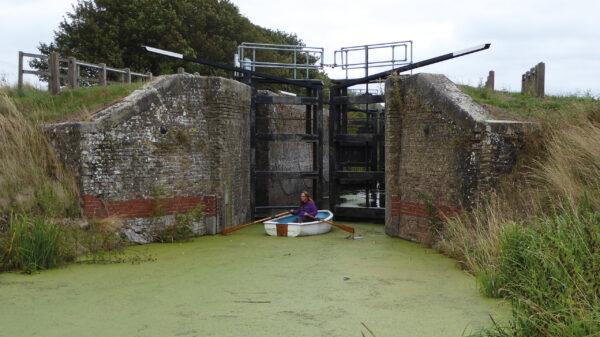About Holme and the Middle Level Navigations
The Middle Level Navigations are a network of waterways between the Rivers Nene and Great Ouse. Most of the area through which they run is at or below sea level, and attempts to protect it from inundation have been carried out since 1480. The Dutch Engineer Cornelius Vermuyden proposed an improved drainage scheme in 1642 which divided the area into three zones; the North Level, the South Level and in between, the Middle Level. Although the Middle Level was primarily for drainage, since it encompassed natural waterways already used for navigation, water levels were always managed to allow navigation. Commissioners were established in 1754 to maintain the waterways and collect tolls from commercial traffic. The typical Fen Lighters were 46ft long and 11ft wide.
Holme is a small village towards the south west corner of the Middle Level Navigations. It is near the end of New Dyke. In 1853 the Great Northern railway dug a navigable channel from Holme rail station to New Dyke so that the waterways could still be used, primarily to take coal to Ramsey. The roads in the Fens were so poor until after the second World War that the drains were the best way to bring goods to and from the station. However, in August 1863 the Ramsey branch line opened, linking Ramsey to the Great Northern line. The final part of the channel to the former rail station is no longer navigable.
Improvements to the Middle Level in the late 1970s included the construction of a pumping station at Tebbits Bridge on Bevills Leam. This prevented navigation along this channel to the southern reaches of the Middle Levels. Lodes End Lock near Ramsey was constructed to provide an alternative route.
[The photo shows a boat at the end of New Dyke – by Alison Smedley]


